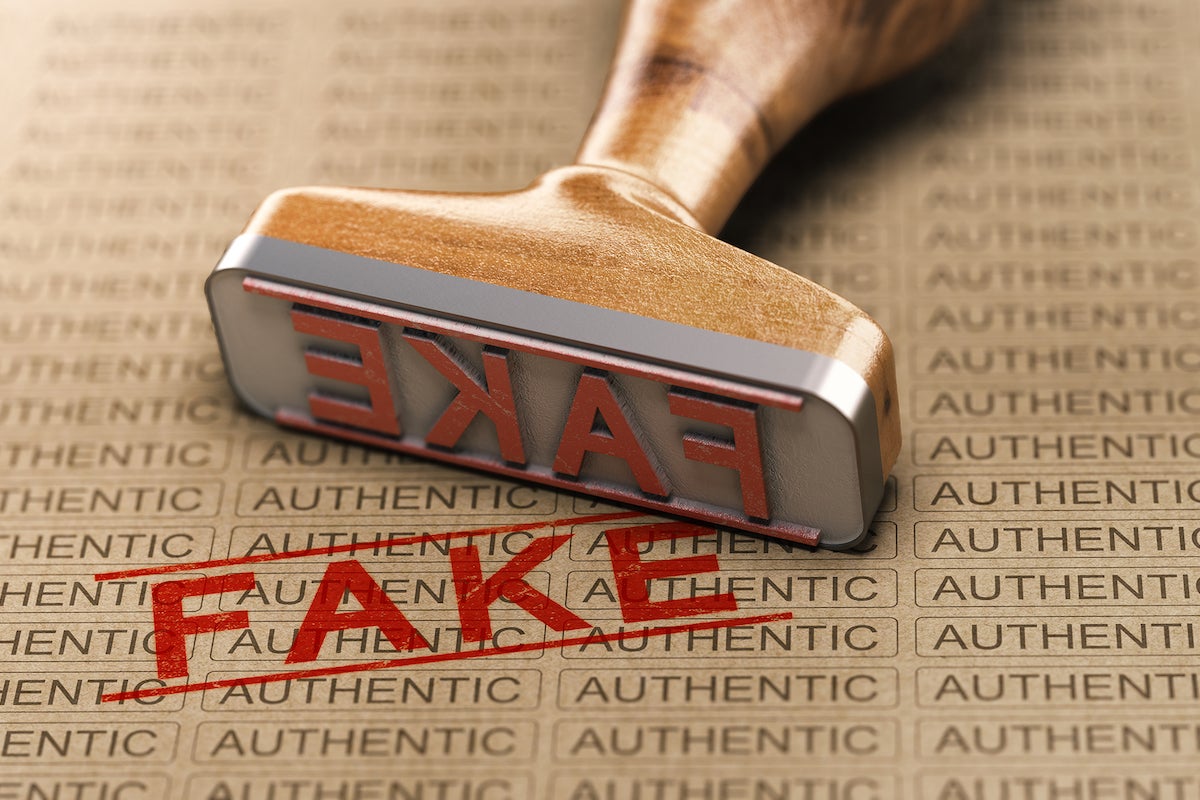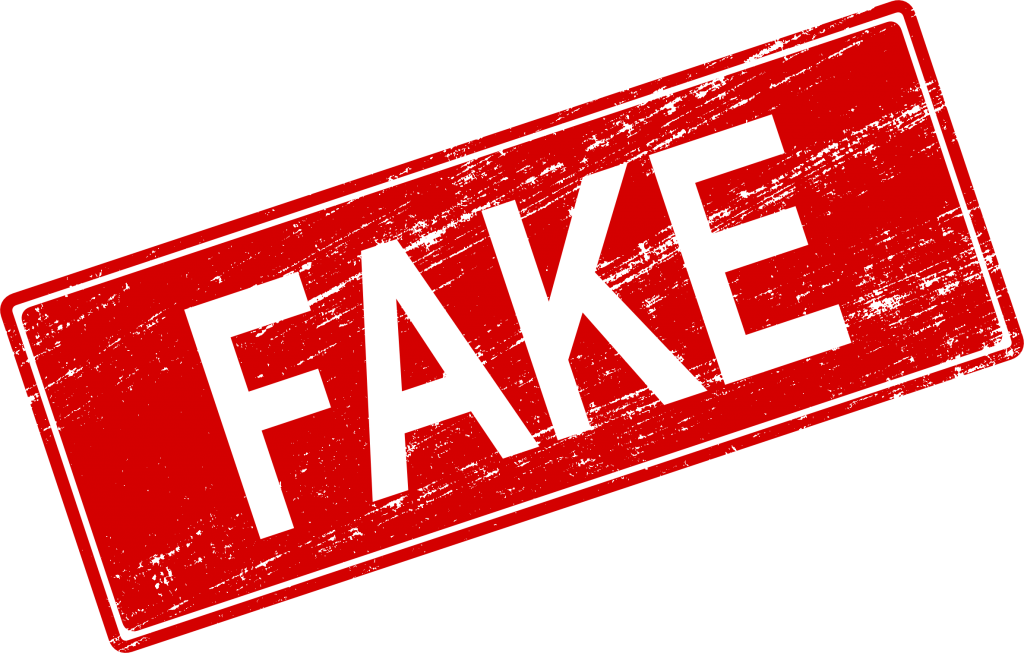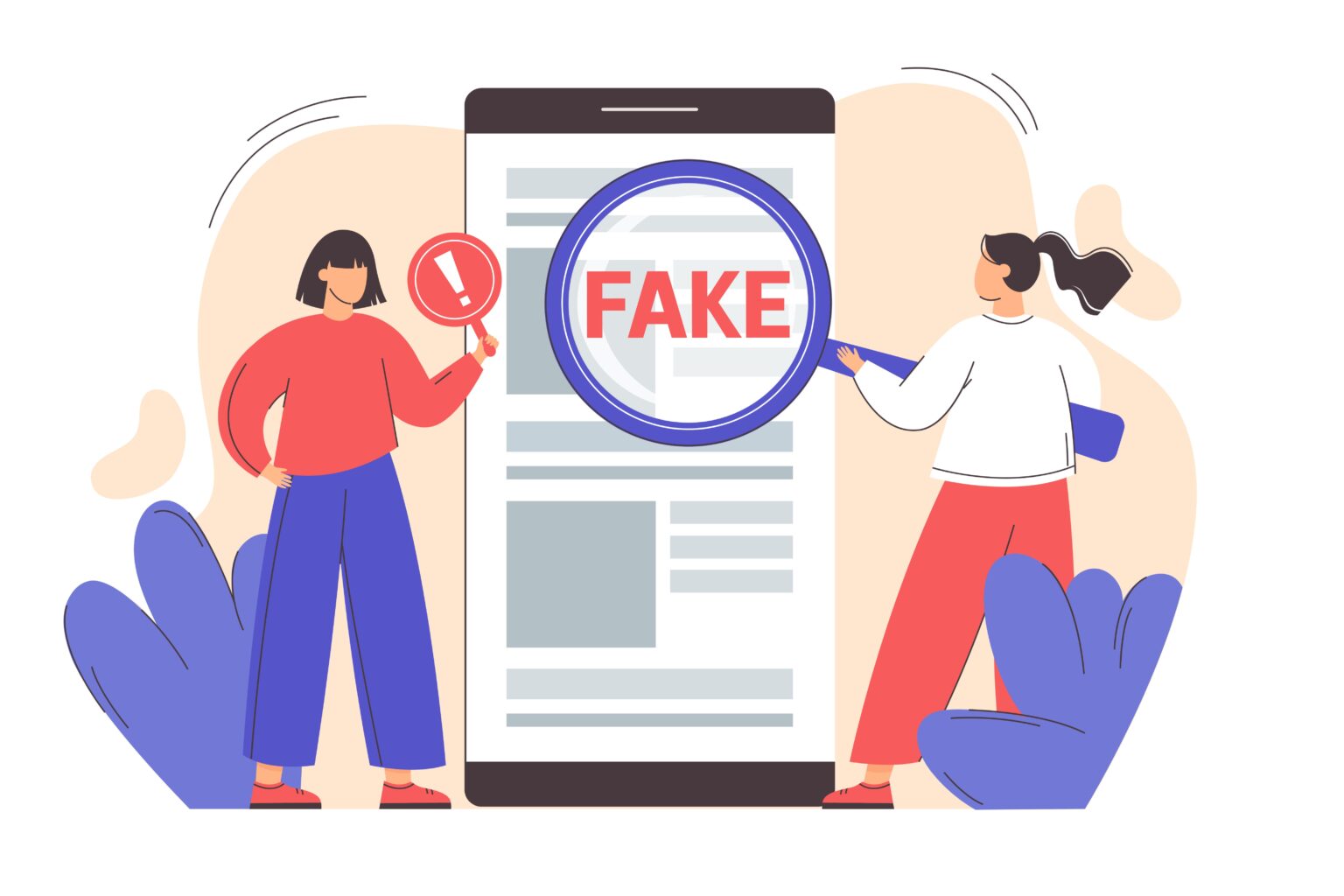The Truth About Fake Selfie Pictures
It feels like everyone is sharing pictures of themselves online these days, doesn't it? From quick snaps of daily life to carefully put-together portraits, these personal images have become a big part of how we connect. But what happens when those pictures aren't quite what they seem? We're talking about images that look like a person took them, yet they have been changed or made up entirely. It's a growing issue, really, and it touches on all sorts of things, from celebrity sightings that never happened to tricky money schemes.
You see, the tools we have now for making and changing pictures are pretty amazing, so it's almost easier than ever for someone to create something that looks real but isn't. This isn't just about someone smoothing out a wrinkle or making their eyes a little brighter; it's about pictures that are, well, completely made up. Think about all the news stories that pop up, where you hear about pictures going around that show something that didn't happen. It's a bit of a tricky situation, actually, trying to figure out what's genuine and what's just a clever trick.
This whole situation makes you wonder about the stories behind the pictures we see, doesn't it? Whether it's a famous person supposedly wearing a certain team's shirt or a shocking event caught on camera that turns out to be from somewhere else entirely, these kinds of visual deceptions are a real thing. They can make us believe things that aren't true, or even get us to do things we wouldn't normally do. So, it's pretty important to take a closer look at what's out there.
Table of Contents
- What Exactly Is a Fake Selfie?
- How Do We Spot a Fake Selfie?
- Are Fake Selfies Used in Money Scams?
- The Human Side of Fake Selfie Deception
- The Tools Behind the Fake Selfie
- Why Do People Make Fake Selfies?
- Beyond the Fake Selfie- What Else Is Not Real?
- Keeping Your Guard Up Against the Fake Selfie
What Exactly Is a Fake Selfie?
A fake selfie, in a way, is any picture that pretends to be a personal snapshot but has been altered or created to trick someone. It's not just about a simple filter, you know, but more about making something look like it was taken by a person when it wasn't, or making it look like a person is somewhere they aren't. For instance, there were these pictures floating around, supposedly showing well-known singer Snoop Dogg and actor Johnny Depp wearing a Botafogo football shirt during a game against PSG. The pictures looked pretty convincing to some folks, but they were not real at all. It's just a little example of how easily these kinds of images can pop up and spread.
The idea of a fake selfie also connects to the broader world of things that look real but are not. Think about it: a "fake" thing is something that is made to seem like the real deal, but it's actually an imitation or a copy. It's like a pretend object or a person acting like someone they're not. So, a fake selfie fits right into this idea. It's a picture that gives off the impression of being a true, personal moment, but it's, well, a put-on. This kind of visual trickery can be used for all sorts of reasons, some harmless, some not so good. It’s pretty wild, actually, what can be done with pictures these days.
How Do We Spot a Fake Selfie?
Figuring out if a picture is real or a fake selfie can be a bit of a challenge, as a matter of fact, especially when the people making these images get really good at it. There are even special tools out there that try to help. For example, some content gets put through something called Hive Moderation, which is a tool that looks for signs of computer-generated content in videos and pictures. This tool might even tell you the chances that a recording was created by a machine. So, if a picture has been made with artificial means, these tools might pick up on it.
- Peter Doocy Is Gay
- Hailee Steinfeld Leg
- Kim Kardashian Lamborghini
- Jerry Glanville Daughter
- How Tall Is Billy Dee Williams
Even with these helpers, it's not always a simple task to know for sure. Sometimes, the signs are subtle. You might notice something just a little off about the lighting, or perhaps a person's features seem slightly unusual. It's about looking closely at the details. If a picture of a building on fire, for instance, is said to be in one city after an attack, but it turns out to be an old picture from a fire in a completely different country, that's a pretty clear sign of a fake. These things can be tricky, though, because they are often designed to fool you, you know.
Are Fake Selfies Used in Money Scams?
Absolutely, fake selfies and other sorts of made-up pictures can be a big part of money scams, sadly. We've seen situations where announcements show a video that looks like it's from a real news source, like G1, and then it tries to get people to click on a link. This link then asks for money through a digital payment system, saying you'll get money back from a national institute. This is a classic trick, and a fake selfie or a made-up picture could be used to make the whole thing seem more believable, kind of like a hook to get your attention.
These kinds of scams often play on people's hopes or fears. They might use a picture that looks like a well-known person or a trusted organization to make their false claims seem legitimate. For instance, there was a story about a publication that looked just like G1, claiming a phone company was holding a sale of display phones at very low prices. This kind of announcement, perhaps with a fake selfie of a happy customer, could easily trick someone into sending money for something that doesn't exist. It's pretty common, actually, for these schemes to use visual tricks to gain trust, so.
The Human Side of Fake Selfie Deception
The human cost of these fake images, including fake selfies, can be pretty high, especially when they are used in personal scams. There's a gripping drama series, for example, that tells the story of a magazine writer who believes she has found her ideal partner through a dating app. She meets a successful grazier, and she quickly gets involved in a romance. But then, she starts to feel that things just don't add up, despite the intoxicating feeling of the relationship. This series really goes deep into what it's like to be a person who falls victim to a love scam, and a fake selfie could easily be part of building that false persona online, you know.
In such stories, the person being tricked often finds themselves suppressing their gut feelings that something isn't right because they want to believe the beautiful picture that's been painted for them. The show highlights how the victim eventually starts looking into the person who conned them, and they discover that the whole scheme wasn't even about them as a person. They were just a small part of a bigger plan. This really shows how these digital deceptions, potentially including a carefully crafted fake selfie, can mess with someone's emotions and trust, so it's a very serious matter for people involved.
The Tools Behind the Fake Selfie
Creating a fake selfie, or any kind of made-up image, often involves using various tools and methods. We're talking about things that can make pictures look like they were taken by a person, but they're really put together from scratch or heavily changed. There are advanced programs that can generate random names, addresses, and even email addresses, which can be used to create entire fake identities online. These kinds of tools, you see, are used for things like testing software or setting up social media accounts that aren't real. It’s pretty powerful stuff, actually, what these programs can do.
When you combine these identity-making tools with picture-altering software, it becomes very simple to make a convincing fake selfie. Someone could make a picture of a person who doesn't exist, give them a made-up name, and then use that whole false persona to interact with others online. This is how some of those tricky love scams get started, or how people try to get others to believe false information. It's all about making something that seems real enough to fool someone, and the ability to make a believable fake selfie is a big part of that, in a way.
Why Do People Make Fake Selfies?
People make fake selfies for a bunch of different reasons, some of which are pretty harmless, and others that are quite serious. Sometimes, it's just for a joke or a prank. Imagine secretly opening a website on a friend's computer while they're away, and then watching their reaction when they come back and see something unexpected. A fake selfie could be part of a lighthearted trick like that. It's about getting a reaction, you know, and having a bit of fun. But that's just one side of it.
On the more serious side, fake selfies are often made to spread false information or to trick people into giving up money or personal details. For example, there was a fake message going around about a football game, saying one team won when they didn't. This kind of false news, perhaps with a fake selfie of a celebrating player, can stir up emotions or create confusion. Also, as we've talked about, they are used in scams to build a false sense of trust or to create a made-up situation that gets people to hand over cash. The motivation really depends on who is making the fake selfie and what they hope to achieve, so it varies a lot.
Beyond the Fake Selfie- What Else Is Not Real?
The idea of a fake selfie is just one small piece of a much larger picture where things that look authentic are actually false. We see this in many areas, not just with personal pictures. For instance, official reports have shown that topics like rules for digital payments, family aid programs, and arguments against health protection shots are often targets for false information. This kind of false content can spread really quickly on social media, making it hard for people to know what's true and what's not. It's a pretty big problem, actually, that goes way beyond just a single fake selfie.
This includes things like made-up stories about a person being the only survivor of a plane crash, which then get spread around in interviews. Or videos that claim to show a certain event happening in one place, but the footage is actually from a completely different time and location. These are all examples of content that is presented as real but is, in fact, a fabrication. The tools and methods used to create a fake selfie are often the same ones used for these other kinds of deceptions, too. It’s a bit like a whole world of things that pretend to be something they’re not, so.
Keeping Your Guard Up Against the Fake Selfie
Staying aware of fake selfies and other kinds of false content is pretty important in our everyday lives. It means taking a moment to think before you believe everything you see, especially when it seems a little too good to be true, or when it tries to make you feel very strong emotions. When you see a picture, particularly a personal-looking one, it's worth asking yourself a few questions. Does it look quite right? Is the source reliable? Could this picture be trying to make me feel or do something specific? It’s just a little bit of healthy skepticism that can go a long way.
It's also about knowing that there are people and groups working to identify these false images. For example, some organizations work to submit suspicious content to tools that can detect if artificial means were used to create it. This helps to flag things that aren't real. But ultimately, each of us has a part to play in not letting these fake images, including fake selfies, spread further. If something seems off, it probably is. And that's a good rule of thumb to keep in mind, you know, when you are looking at things online.
- Chloe And Harry Jowsey
- Trump Administration Removes Ban On Segregated Facilities In Federal Contracts
- Raye Levine Spielberg
- Oj Simpson Knife Found
- Morgan Wallen Single Than She Was

Fake vs. Real — And When It Matters - WHYY

Fake Free Download PNG HD Transparent HQ PNG Download | FreePNGimg

Identifying Fake Social Media Profiles with Expert Tips